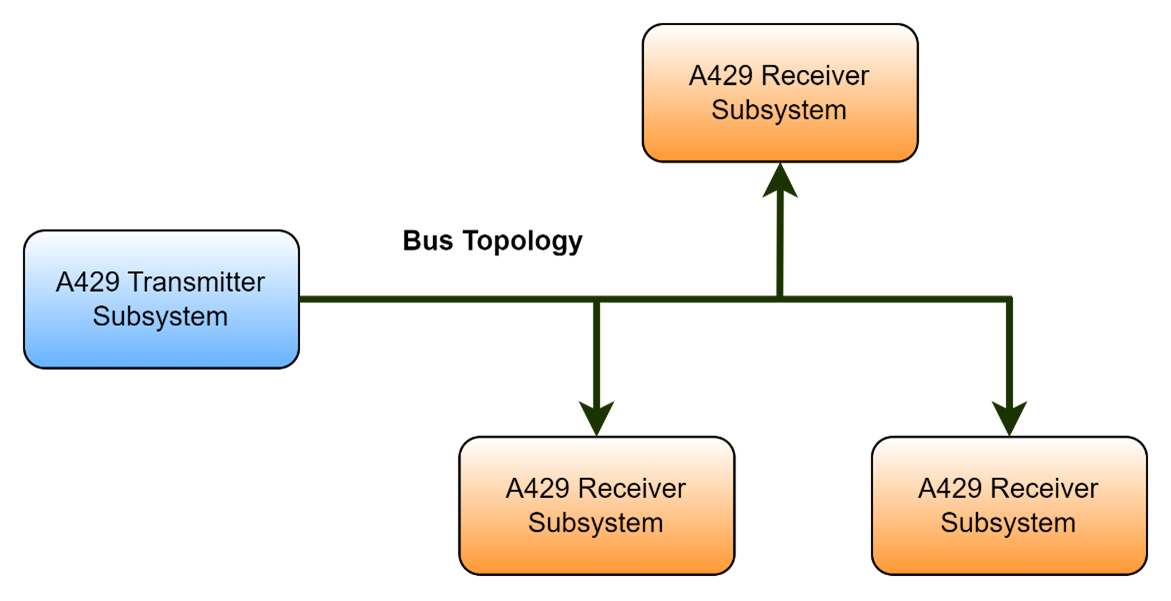ARINC 429 and MIL-STD-1553 are data bus standards used widely for avionics systems. ARINC 429 is mainly used in commercial aircraft while MIL-STD-1553 is ideal for real-time mission-critical applications. There is quite a lot of difference between ARINC-429 and MIL-STD-1553. They are different because they were developed by two different groups with different needs.
MIL-STD-1553
The MIL-STD-1553 is a military-grade avionics data bus created over 40 years ago by the US Department of Defense. First used in the General Dynamics F-16 fighter aircraft, it has since become a widely adopted data bus used in various military and civil transport aircraft. The key to the popularity of 1553 is its simplicity, determinism, and reliability. The 1553 messages consist of up to 32 16-bit words.
There are three major components of this architecture. A Bus Controller (BC), Bus monitor, and a Remote Terminal (RT). The bus controller (usually part of the mission computer) is the only part of the system that can initiate a data transfer. The bus controller can send commands to or request data from Remote Terminals. The bus controller can also command one RT to receive data and then command another RT to transmit the data to the receiving RT. A bus monitor passively allows monitoring of the data flow. A Remote terminal acts as a translator between the data bus and the subsystem. It facilitates 1553 standardized data communication to/from the connected subsystem. It can encode/decode data between the bus and the producer/consume subsystem.
A mission computer-connected bus controller can connect up to 32 RTs. Each remote terminal is capable of addressing 32 subsystems.

The 1553 messages are composed of one or more 16-bit words. The protocol utilizes three types of words to communicate. 1. Command, 2. Data, and 3. status. Command messages can tell RT to transmit or receive data. The data words provide the values to be acted upon. The status word indicates the status parameters of the connected system. The speed of 1553 bus operations can be 1 Mbps.
ARINC-429
ARINC-429 was designed in the 1970s (part of Boeing 757/767 development) to ensure interoperability between various systems of the aircraft like navigation, guidance, and flight management computers to accomplish a successful flight. The ARINC-429 architecture is much simpler than 1553. The protocol standard is based on labels with equipment IDs. The labels help identify the intent of the message. Each label is 32bit words. The ARINC-429 standard gives guidance so different manufacturers can have the same type of equipment giving the same type of labels. The ARINC-429 word formatting is either binary (BNR) or binary coded decibel (BCD).
The ARINC-429 follows a simplex-type architecture that is of a single transmitter and multiple receivers. The disadvantage of this approach is being “wire heavy.” It is more of a point-to-point wired system and less of a “bus”. A single transmitter can interact with up to 20 receivers. The point-to-point wiring allows for high reliability. Due to its simplex communication nature, a second bus is required for duplex communication.














